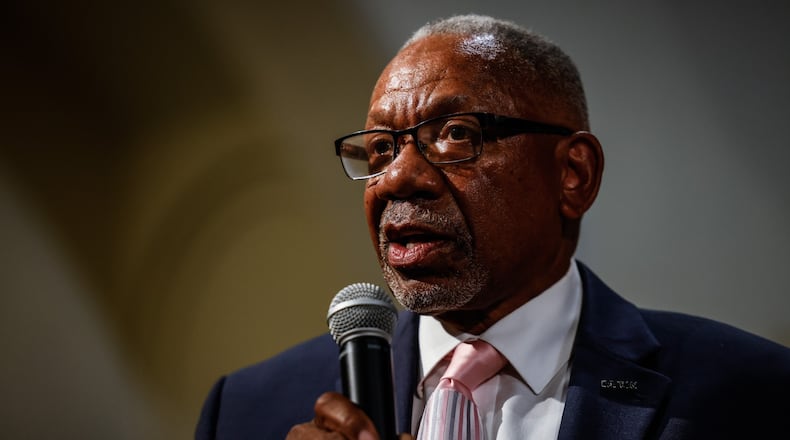Throughout my last eight years on the Dayton City Commission, and now as Mayor, my colleagues and I have worked hard to turn things around.
We’ve stabilized our population, grown our household median income by roughly $8,000, invested in our neighborhoods by paving more roads and improving more parks, and incentivized $1 billion of dollars of investment in our downtown.
However, there is much more work to be done as we aim to address the long-standing economic and social inequities in our city.
I am confident that the Dayton Recovery Plan provides a roadmap to do just that.
This plan for how we will spend $138M in federal rescue funds was developed with the goal in mind of disrupting the cycle of multi-generational poverty, enhancing quality of life and attracting further investment.
To accomplish this goal our plan utilized socio-economic, health, and demographic data along with community input from multiple listening sessions and a community survey of 1,700 responses.
The Dayton Recovery Plan includes:
- Demolition of around 1,000 blighted properties throughout Dayton;
- Park enhancements and eight new spray parks;
- Housing construction and renovation in targeted areas;
- Sidewalk/curb repairs and tree lawn upgrades in targeted areas;
- Support for black- and brown-owned businesses, economic development and job creation;
- Investment in essential City services and City facilities.
The greatest share of funds ($55 million) has been allocated toward improving neighborhoods. Alongside this investment, we are taking a collective impact approach to adopt a future housing strategy that will meet our city’s need for quality affordable housing.
I am proud to be able to say that Dayton is a national leader in developing a plan that is strongly shaped by the community and we are also one of the only cities in Ohio to solicit applications for community projects and small businesses that will result in millions of dollars in assistance.
A total of 93 eligible community projects and small business applications were received and ranked by a subgroup of the Community and Neighborhood Advisory Board. Out of those applications, 42 were recommended for potential funding and will be further evaluated.
I am excited to see small businesses receive support through this process. One being Anthony Head’s Chicken Head’s restaurant, which after being forced to close, will soon reopen at 865 North Main St, creating jobs and reviving the old Quincy’s building.
There are also much larger projects moving forward in the process, like Homefull’s plan to build new housing and a grocery store on the site of the former Carlson Elementary School in West Dayton.
As my colleagues and I have continued to engage with residents and the business community regarding the Dayton Recovery Plan, we’ve received consistent positive feedback and affirmation.
I believe this is a direct result of involving the community in the process from the beginning.
I’m thankful for the leadership of our City Manager, Shelley Dickstien in the development of this plan and the many neighbors, business leaders, community activists, city planners and administrators who have dedicated their time and energy thus far.
We have an unparalleled opportunity to create transformative impact in our city and, like many of you, I am eager to see the tremendous progress we will make.
Jeffrey J. Mims is the Mayor of Dayton.
About the Author
